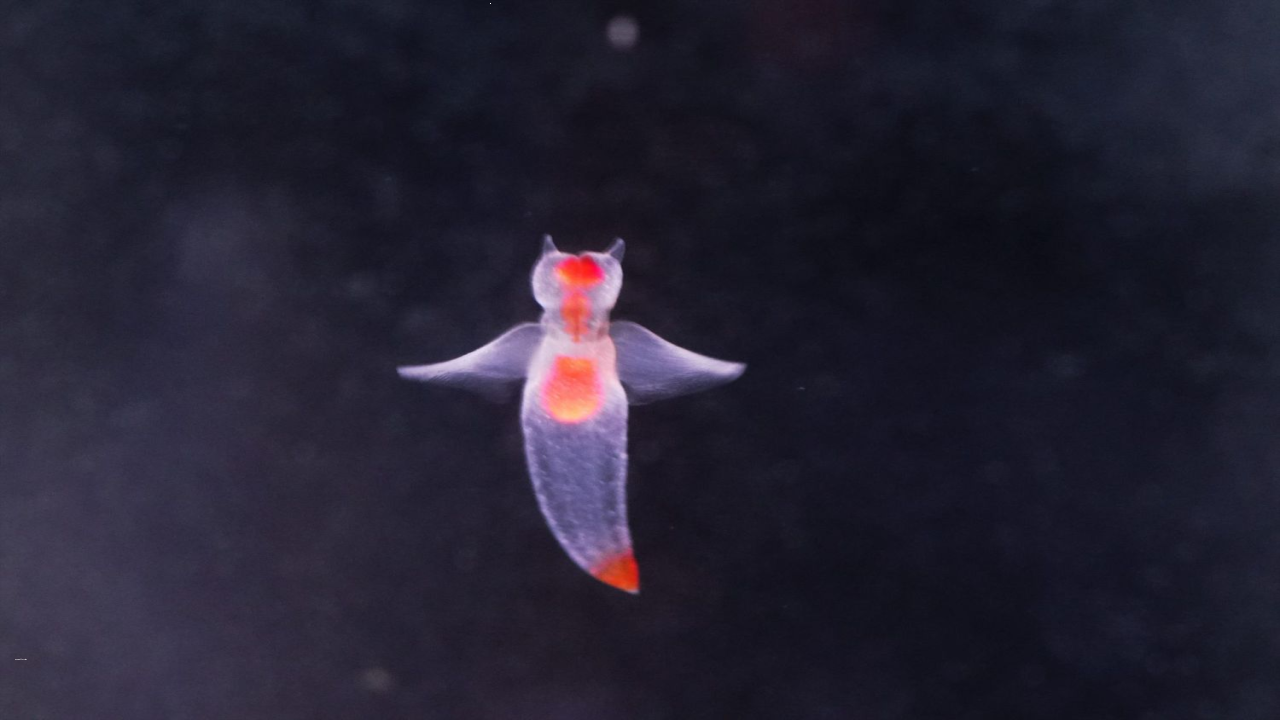Climate Change Impact on Sea Butterflies
Sea butterflies, also known as sea snails, are fascinating and delicate creatures that play a crucial role in the marine ecosystem. However, the smallest species of sea butterflies, found in the Southern Ocean, are facing significant challenges due to climate change.
The Importance of Sea Butterflies:
Sea butterflies are vital components of the marine ecosystem. They contribute to the food chain by serving as a food source for larger pteropods and other oceanic creatures. Their presence helps maintain the delicate balance of marine life.
Climate Change and Population Decline
The smallest species of sea butterflies found in the Southern Ocean are experiencing a decline in their population. The primary reason behind this decline is climate change. As the ocean absorbs increasing amounts of carbon dioxide (CO2), the water becomes more acidic. This acidification leads to the dissolution of the thin outer casing or “homes” of sea butterflies, leaving them vulnerable and struggling to survive.
Unique Swimming Adaptations
Sea butterflies possess muscular feet that they use as flappers to swim in the water. Unlike most snails that glide on solid surfaces, sea butterflies are free-swimming organisms. Their ability to swim enables them to navigate their marine habitat and fulfill their ecological roles.
Ecological Impacts
The reduction in sea butterfly populations has wider implications for the oceanic food chain. Larger pteropods and other marine creatures that rely on sea butterflies as a food source may face challenges in finding adequate sustenance. This disruption in the food chain can have ripple effects throughout the entire ecosystem, impacting the marine life in the seas surrounding Antarctica.
Life Cycle and Seasonal Vulnerability
The British Antarctic Survey conducted a study focusing on the life cycles of two dominant pteropod species, Limacina rangii and Limacina retroversa. During the winter months, both juvenile and adult L. rangii were found, providing them with a potential survival advantage. In contrast, L. retroversa was observed to have only adult individuals during the cold season. This difference in life cycles poses a higher risk for L. retroversa, as the removal of one cohort could potentially impact the entire population.
Long-Term Impact on Larval Stage
Ocean acidification intensifies with rising emissions and extends into the spring, coinciding with the spawning and larval stages of sea butterflies. This prolonged exposure to acidic conditions can have detrimental effects on the larval development, reducing the number of healthy adults that would typically contribute to the population.
Month: Current Affairs - May, 2023
Category: Science & Technology Current Affairs


